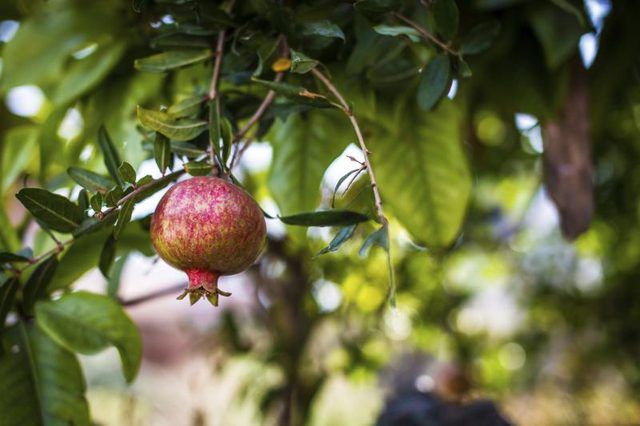Bulbs
Flower Basics
Flower Beds & Specialty Gardens
Flower Garden
Garden Furniture
Garden Gnomes
Garden Seeds
Garden Sheds
Garden Statues
Garden Tools & Supplies
Gardening Basics
Green & Organic
Groundcovers & Vines
Growing Annuals
Growing Basil
Growing Beans
Growing Berries
Growing Blueberries
Growing Cactus
Growing Corn
Growing Cotton
Growing Edibles
Growing Flowers
Growing Garlic
Growing Grapes
Growing Grass
Growing Herbs
Growing Jasmine
Growing Mint
Growing Mushrooms
Orchids
Growing Peanuts
Growing Perennials
Growing Plants
Growing Rosemary
Growing Roses
Growing Strawberries
Growing Sunflowers
Growing Thyme
Growing Tomatoes
Growing Tulips
Growing Vegetables
Herb Basics
Herb Garden
Indoor Growing
Landscaping Basics
Landscaping Patios
Landscaping Plants
Landscaping Shrubs
Landscaping Trees
Landscaping Walks & Pathways
Lawn Basics
Lawn Maintenance
Lawn Mowers
Lawn Ornaments
Lawn Planting
Lawn Tools
Outdoor Growing
Overall Landscape Planning
Pests, Weeds & Problems
Plant Basics
Rock Garden
Rose Garden
Shrubs
Soil
Specialty Gardens
Trees
Vegetable Garden
Yard Maintenance
What Kind of Climate Does a Pomegranate Tree Need?
What Kind of Climate Does a Pomegranate Tree Need?. Renowned throughout history for their succulent fruit, pomegranates (*Punica granatum*) are native to the Himalayan area of India and the near-Middle East. They most likely reached the New World with the 16th century Spanish explorers. Hardy in U.S. Department of Agriculture plant hardiness zones...

Renowned throughout history for their succulent fruit, pomegranates (Punica granatum) are native to the Himalayan area of India and the near-Middle East. They most likely reached the New World with the 16th century Spanish explorers. Hardy in U.S. Department of Agriculture plant hardiness zones 8 through 10, pomegranates thrive best in warm, dry climates. They often grow naturally as shrubs, but selective pruning shapes them into small trees.
Temperature Requirements
Pomegranates grow best if the climate is mild-temperate or subtropical with hot summers and cool but not cold winters. Intense heat is seldom a problem for pomegranates, but temperatures below 18 degrees Fahrenheit can cause severe damage to some types, while others tolerate 10 degrees F.
Pomegranates can grow in USDA zone 7b, but they need sheltering from low temperatures. For example, plant them close to a wall that faces west or south, and cover them with blankets or sheets of plastic during a cold snap. If they're severely damaged by frost, pomegranates will usually regrow.
Humidity and Watering
Pomegranates prefer an arid or desert climate, similar to their areas of origin. Excessive humidity prevents the fruit from forming, and established pomegranate plants tolerate drought well.
For the best fruit, irrigate plants every week or 10 days during dry spells, keeping the soil moist in later summer and early fall. Too much watering can cause the fruit to drop.
Other Growing Factors
Pomegranates prefer full sun -- a sunny location with plenty of warmth produces the best fruit. They also prefer soil with good drainage. Although they adapt well to different soils, they prefer a heavy loam.
The Clemson Extension Service recommends feeding in March and July with 1 pound of 10-10-10 fertilizer for every 3 feet of plant height to encourage fruiting. Water thoroughly after fertilizing.
Locations in the U.S.
In general, pomegranates grow in the U.S. South and Southwest. They've thrived since the days of the Spanish settlers in Florida and are common in South Carolina, Arizona, Texas and California. The commercial "Wonderful" variety originally came to California by way of cuttings from Florida.
Although the plants can grow as far north as the District of Columbia, they usually won't set fruit in colder climates. However, pomegranates grow successfully in pots and may bear fruit in greenhouses.